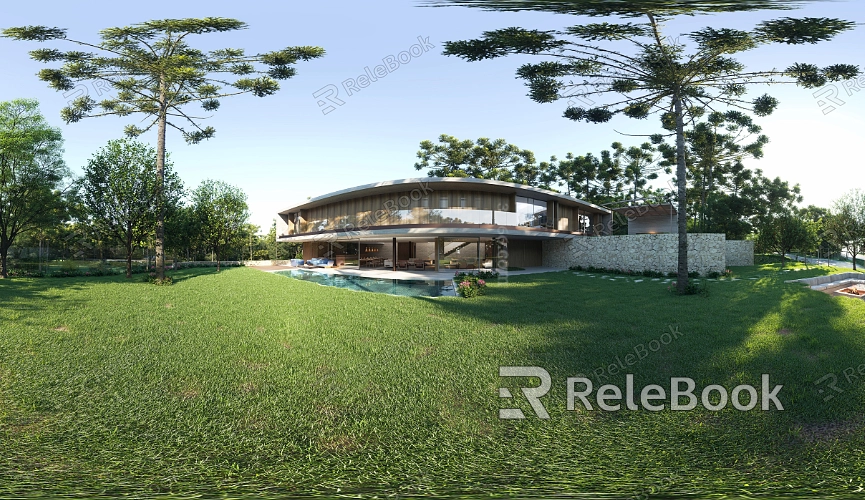How to Export HDR Texture Formats in 3ds Max
HDR texture formats are widely used for their high dynamic range lighting information and fine details. These textures significantly enhance rendering quality by providing more realistic lighting and environmental reflections. As a powerful tool for 3D modeling and rendering, 3ds Max supports the export of HDR texture formats. In this article, we will explore the steps and techniques for exporting HDR textures in 3ds Max, aiming to help designers streamline their workflow and achieve high-quality results.

1. Preparation for Exporting HDR Textures
Select the Appropriate Scene Before exporting HDR textures, it's essential to choose the scene you want to export. HDR textures are commonly used for environmental lighting, so selecting a completed and well-tuned scene is advisable. Ensure that the lighting, materials, and camera settings in the scene meet your requirements to ensure the exported HDR texture accurately reflects the desired outcome.
Check Material and Lighting Settings In 3ds Max, the quality of the final HDR texture is directly influenced by the material and lighting settings. Verify that your materials and lighting are optimized, especially environment lighting and reflection parameters, to ensure that the exported texture captures these details effectively.
Choose the Right Renderer Selecting the appropriate renderer is also crucial. 3ds Max supports various renderers such as Arnold, V-Ray, and others, some of which offer higher-quality HDR output options. Make sure the renderer you choose can generate high-quality HDR texture files.
2. Steps to Export HDR Textures
Set Up Render Output In 3ds Max, open the “Render Setup” dialog and choose the renderer you plan to use. In the “Output Settings” section, set the output format to one that supports HDR, such as .hdr or .exr. Typically, the .hdr format is suitable for most HDR applications.
Configure HDRI Rendering Configure HDRI (High Dynamic Range Imaging) rendering settings. Adjust lighting intensity and exposure in the render settings to ensure that the HDR texture captures the dynamic range of the scene. Choose an appropriate image resolution to ensure the texture has sufficient detail.
Perform the Render Render the scene to generate the HDR texture file. After rendering, check the output HDR file to ensure it meets expectations, verifying that there are no overly dark or bright areas. You can review the generated HDR file directly in 3ds Max to validate its quality and accuracy.

3. Tips for Optimizing HDR Texture Exports
Adjust Lighting and Exposure Prior to exporting HDR textures, fine-tuning lighting and exposure settings is crucial. Adjusting these settings can enhance the texture’s brightness and contrast, making the final HDR texture appear more realistic and natural.
Use High Resolution Using a higher resolution ensures that HDR textures contain more detail. This is beneficial for achieving a higher visual impact when applying textures. Choose the appropriate resolution based on project needs to balance file size and quality.
Test Different Settings Conduct multiple tests to find the optimal settings for exporting HDR textures. Experiment with various render parameters and output settings to determine which version of the HDR texture best meets your needs.
Check File Compatibility Ensure that the exported HDR texture files are compatible with other software or platforms. For example, test the HDR textures in different 3D applications or rendering engines before final use to avoid compatibility issues.
4. Practical Considerations
Maintain a Consistent Workflow Adhering to a consistent workflow can enhance efficiency and reduce errors. Following standard procedures when exporting HDR textures helps ensure consistent quality and accuracy.
Document and Back Up Record the export settings and parameters, and back up the generated HDR files to prevent loss or damage. This practice helps in making adjustments or re-exporting if needed.
Exporting HDR textures in 3ds Max is a vital step that can significantly elevate your 3D rendering quality. This article covered the preparation, steps, and optimization techniques for exporting HDR textures, along with practical tips to ensure the best results. If you are looking for high-quality HDR texture resources, 3D models, or rendering materials, Relebook is an excellent platform to explore. Downloading textures and models from Relebook can provide valuable inspiration and technical support for your projects.

